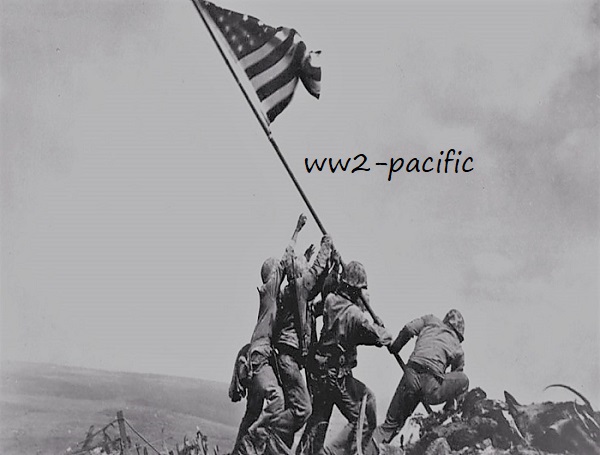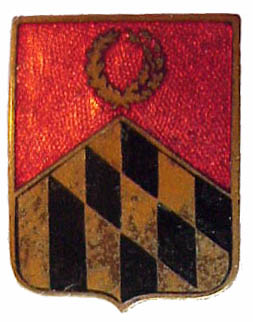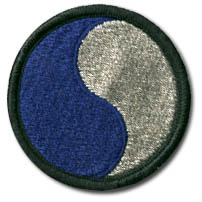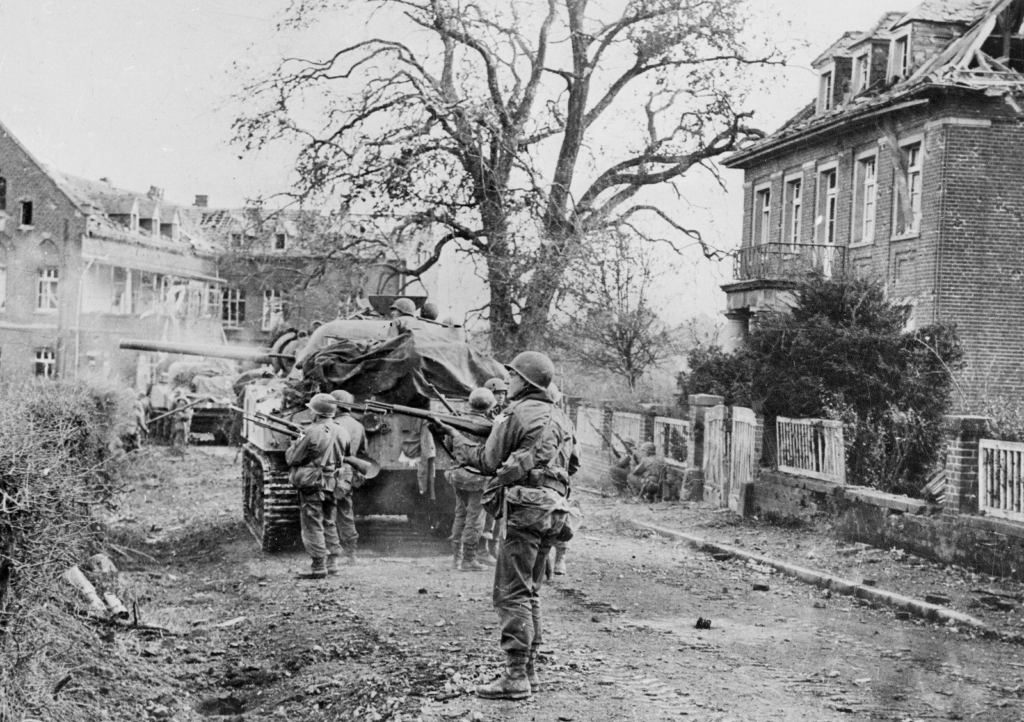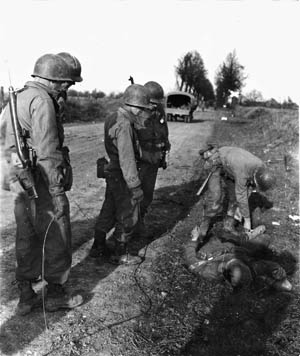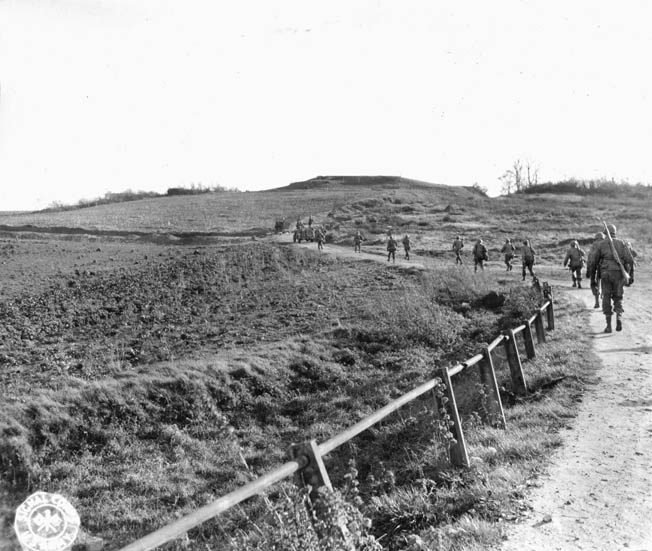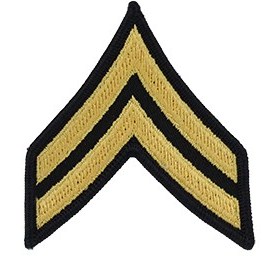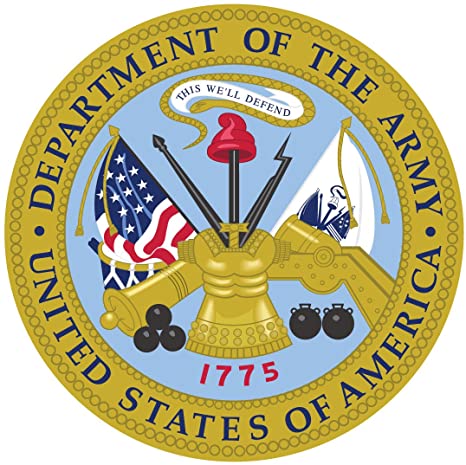Rank and Name, Corporal John David Singer Jr.
Unit/Placed in, 110th Field Artillery, 29th Infantry Division “29 Let’s Go“.
It is (more) than 77 years ago that Capt.(Col) Joseph J. Shomon, 611th Graves Registration Company, found on the fields of Margraten a plot to make a Cemetery.
To buried those Soldiers who has fallen during battle.
Now 77 years later all the graves, and names on the Wall of Missing are Adopted.
Our American War Cemetery in Margraten, Holland, has his The reason why I “pushed” his name upfront, is that he was the First Soldier that was Buried at the American War Cemetery , Margraten, Holland.
John born approx. on July 24, 1919 in Guilford County, North-Carolina.
Father, John David Singer
Mother, Libby E. (Murphy) Singer.
Brother, Paul C. Singer.
John enlisted the service at Maryland with service number # 33007929.
John D. Singer was a Corporal in the 110th Field Artillery.
John David Singer was Killed in Action near Teveren-Geilenkirchen, Germany, on Nov. 7, 1944, he is honored with the Purple Heart, Good Conduct Medal, American Campaign Medal, Army Presidential Unit Citation, European-African-Middle Eastern Campaign Medal, WW II Victory Medal.
John is buried at Denton Cemetery, Denton, Caroline County, Maryland.
Thanks to http://www.29thdivisionassociation.com/
Jean Louis Vijgen, ww2-Pacific.com and ww2-europe.com.
Air Force Info, Rolland Swank.
ABMC Website, https://abmc.gov
Marines Info, https://missingmarines.com/ Geoffrey Roecker
Seabees History Bob Smith https://seabeehf.org/
Navy Info, http://navylog.navymemorial.org
POW Info, http://www.mansell.com Dwight Rider and Wes injerd.
Philippine Info, http://www.philippine-scouts.org/ Robert Capistrano
National Historian
Navy Seal Memorial, http://www.navysealmemorials.com
Family Info, https://www.familysearch.org
Info, https://www.pacificwrecks.com/
Medals Info, https://www.honorstates.org
Find a Grave, https://www.findagrave.com
Tank Destroyers, http://www.bensavelkoul.nl/
WordPress en/of Wooncommerce oplossingen, https://www.siteklusjes.nl/
Military Recovery, https://www.dpaa.mil/
The 110th Field Artillery
A group of Marylanders who had recently returned home from voluntary military training camp for civilians in Plattsburg, New York, founded Battery A, Maryland National Guard, on 28 December 1915. Upon American’s entry into World War One in April 1917, two additional Maryland National Guard batteries were organized, and all three batteries combined to form the 1st Maryland Field Artillery Battalion. The unit was federalized in August 1917 and attached to the newly established 29th Division. In November 1917 the 1st Maryland Artillery consolidated with several District of Columbia National Guard units and was redesignated the 110th Field Artillery Regiment. Colonel Washington Bowie, the former commander of the 5th Maryland Infantry, became the 110’s first commanding officer. As a unit of the 29th Division, the 110th Field Artillery earned a campaign streamer in France in World War I. After overseas service in France during World War One, the 110th was reformed in 1925 as a two-battalion artillery unit in the Maryland National Guard, with headquarters in Pikesville.
The 110th was inducted into federal service on 3 February 1941 along with the rest of the 29th Infantry Division. When the 29th converted from a “square” to a “triangular” division structure in March 1942, the 110th was broken up into two independent artillery battalions, the 110th (formerly 1-110) and 224th (formerly 2-110). The 110th served for the remainder of World War Two as the direct support unit for the 115th Infantry. Many of its members landed on Omaha Beach on the morning of D-Day, 6 June 1944. The 224th Field Artillery Battalion provided direct support for the 175th Infantry. The 110th Field Artillery and 224th Field Artillery earned streamers for the Normandy, Northern France, Rhineland, and Central Europe campaigns.
The 110th was commanded for the duration of the war by John P. “Purley” Cooper, Jr. Members of the 110th Field Artillery landed on Omaha Beach on D-Day and fired the first shots from the beach, using artillery pieces from the 58th Armored Artillery Brigade. It fired in defense of the 115th Infantry’s defense of St. Lo upon its seizure, and is often credited by LTC Glover Johns as being the real reason St. Lo was held against repeated German counterattacks. On 29 September 1944, Battery B fired its first round directly into Germany.
After World War Two, the 110th and 224th were consolidated in the U.S. Army’s 1959 Pentomic reorganization, forming the 1st, 2nd and 3rd Howitzer Battalions, 110th Field Artillery Regiment. In 1963, the Pentomic structure was terminated, and the 110th was reconfigured into two battalions.
The regiment was reduced to only a single battalion (the 2nd) when the 29th Infantry Division was deactivated in 1968. When the 29th Infantry Division (Light) was reactivated in 1985, the 110th FA Battalion served as the direct support 105mm artillery battalion for the 3rd Brigade.
